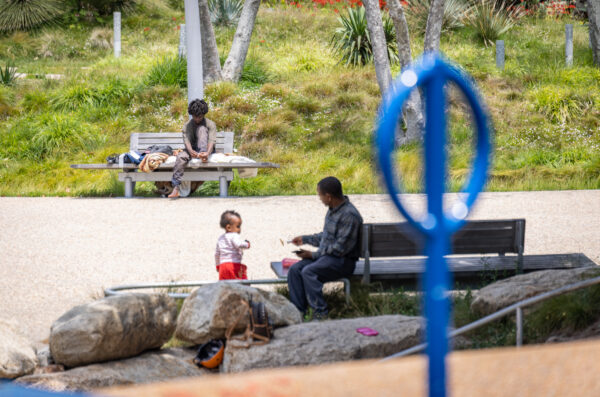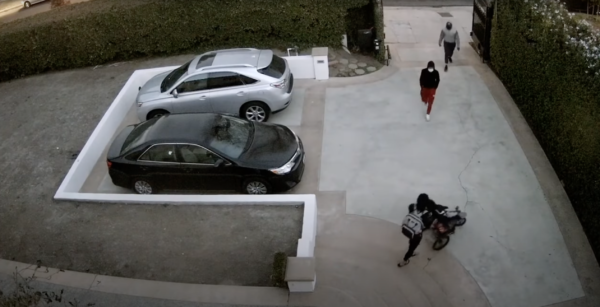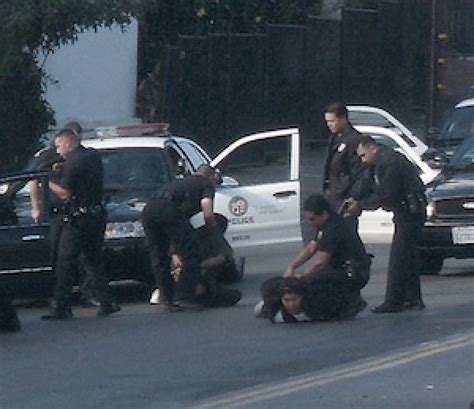Crime statistics for 2022 show violent and property crimes increasing year-over-year in California, according to an Attorney General report released June 30.
With crime increasing across many categories, homicide and driving under the influence arrests each decreased 5.9 percent and motor vehicle theft arrests fell 8.5 percent.
“While crime rates remain significantly below their historical highs, property and violent crimes continue to have devastating consequences for communities across the state, and gun violence remains a major threat to public safety,” Attorney General Rob Bonta said in a press release announcing the report. “My office is committed to confronting these crimes head-on by holding law-breakers accountable, providing victims the resources they need to heal, and working proactively to prevent crime from happening in the first place.”
While below historic highs seen in 1992, property and violent crime both spiked more than 6 percent for the second consecutive year in 2022.
Arrests for robbery jumped 14.4 percent for the year, burglary 9.4 percent, and theft 12.2 percent.
Petty theft skyrocketed 21.3 percent, with critics pointing to Proposition 47—passed by voters in 2014 reclassifying certain drug offenses and thefts under $950 as misdemeanors—as contributing to a rash of shoplifting that has become so prevalent some retailers, including Nordstrom and Walgreens, have fled downtown San Francisco.
While criminal activity plagues municipalities across the state, arrest rates decreased by 2.7 percent from 2021 to 2022, representing the 18th year in a row that arrests declined.

The report attributes some of the declines to a pattern of changes in criminal law and prosecutorial efforts that mean some infractions no longer result in arrest.
A reduction of full-time law enforcement officers by 1.3 percent, prosecutors by 0.3 percent, and probation personnel by 3.6 percent were noted in the report as factors leading to the drop in arrests.
“Sadly, we are not surprised to learn that California’s violent and property crime rates increased in 2022,” state Senate Minority Leader Brian W. Jones (R-San Diego) said in a Senate Republican Caucus’s press release responding to the report. “This report echoes the immediate need for California to ditch its soft-on-crime and catering to criminals approach, and prioritize real public safety by enforcing the law.”
The senator highlighted the actions of the Assembly and Senate Public Safety committees, suggesting members of both are failing to address issues impacting Californians.
“It’s almost an embarrassment that the Legislature’s ‘Public Safety’ committees aren’t addressing the issue they are assigned,” Mr. Jones said. “Instead, Democrat lawmakers are finding ways to let criminals get away with committing heinous crimes and facing minimal consequences.”
Fellow Republicans echoed the sentiments and noted the need to address public safety, as rampant vagrancy and open-air drug use seen in some areas is impacting children.
“Families across this state have very real concerns about public safety,” Sen. Brian Dahle (R-Bieber) said in the press release. “My children, and all of California’s children, deserve a bright future in this state that includes being able to safely walk to school or visit their friends without fear of violence.”

Earlier, while debating California’s 2023–24 fiscal year budget on the Senate floor June 27, Mr. Dahle rattled off statistics showing that violent crimes, including rape, have spiked over recent years.
“Folks, crime is going up in California, and that’s why businesses are leaving, and that’s why people don’t feel safe,” Mr. Dahle said. “The number one thing this Legislature is supposed to do is keep people safe, and they’re not safe.”
One lawmaker on the other side of the aisle told her colleagues that crime reports seen in headlines are “nothing new,” and some are missing the bigger picture.
“People perpetuate a myth about this big crime increase,” Sen. Nancy Skinner (D-Berkeley) said on the Senate floor following Dahle’s remarks. “If you look at the data for the past decade, the rates are down, and if you look since the 1990s, the rates are down significantly.”
Some experts say the disruption of normal activity in 2020, due to the pandemic and associated state and local lockdowns, marked a turning point and suggest looking at the last three years for a better snapshot.
“The overwhelming trend has been a rise in many forms of violence,” Elliott Currie, professor of criminology, law, and society at the University of California–Irvine. “People are hurting each other on a level higher than even in the past.”

Observing that while homicide rates might be down year-over-year, he points to a 24 percent increase over the past 10 years with aggravated assaults spiking 42 percent over the same period.
“These are huge increases,” Mr. Currie told The Epoch Times. “This is pretty much an unprecedented increase.”
Noting the significant change that occurred during 2020, he said the key to understanding the recent rise in criminality is in social connections—relationships and routines built through work, school, and extracurricular activities—that failed to materialize or were broken by the COVID isolation periods, with low-income communities suffering the most.
“These connections are really important with holding down rates of violent crimes,” Mr. Currie said.
Numerous studies of incarceration and recidivism rates at the state and national levels reveal those holding full-time jobs are less likely to become criminal offenders.
Read More From PatriotAmerican
Schools and support systems being shut down for lengthy periods of time exposed juveniles to pressures that would have been absent in a school setting, according to experts.
“They’re out there by themselves, and that’s very likely to increase that disconnection with the absence of supervision and absence of social control that simply being present in school can help accomplish,” Mr. Currie said. “That syndrome of disconnections hitting very hard at these already hard-hit, devastated communities, probably has something to do with the historic increase in violent crime.”

